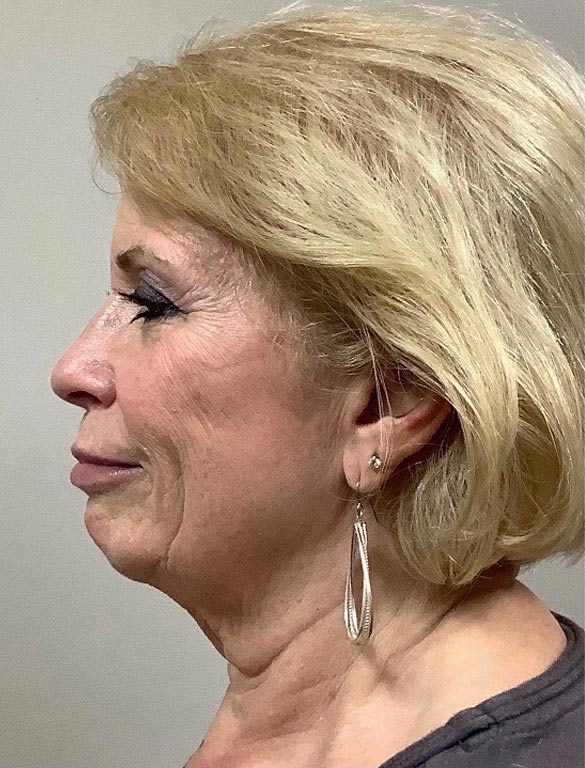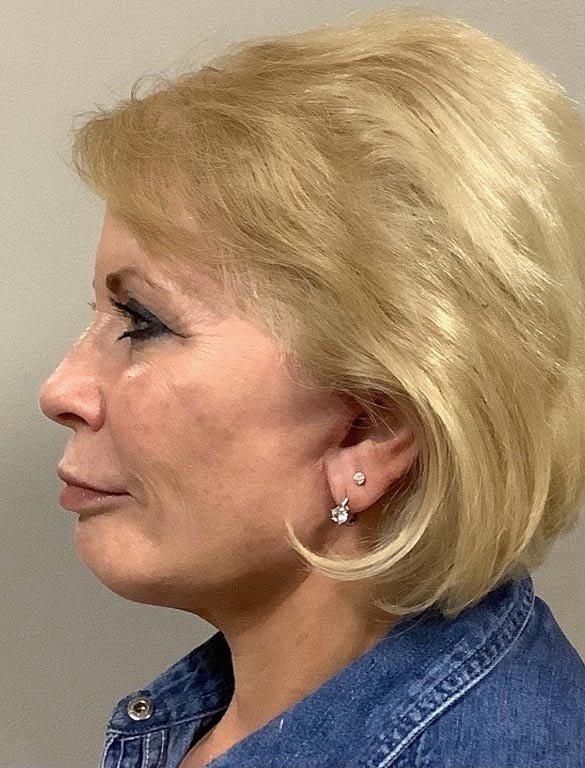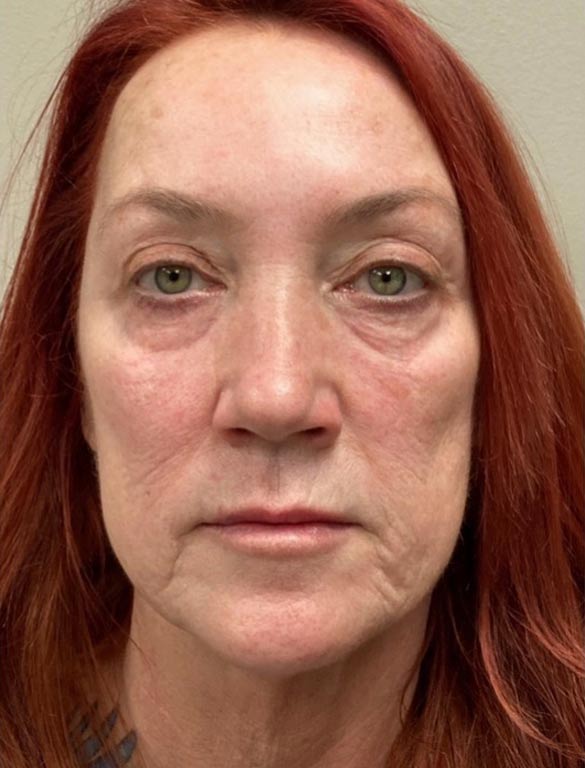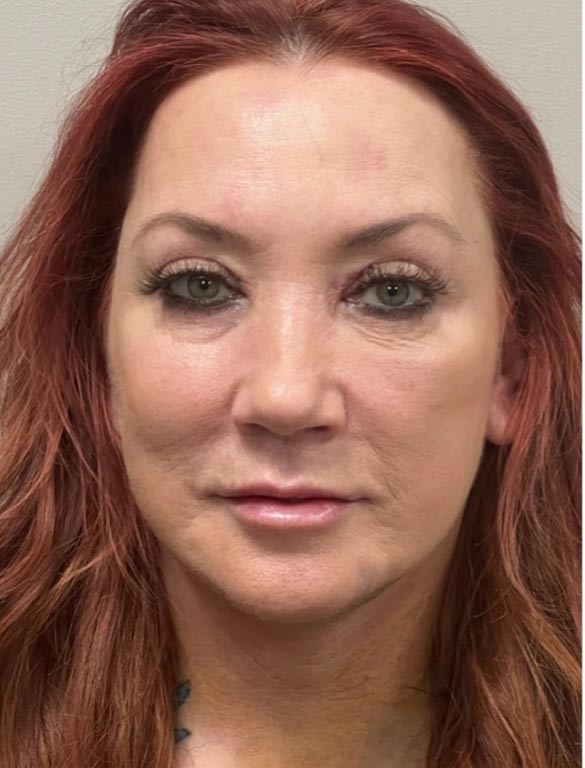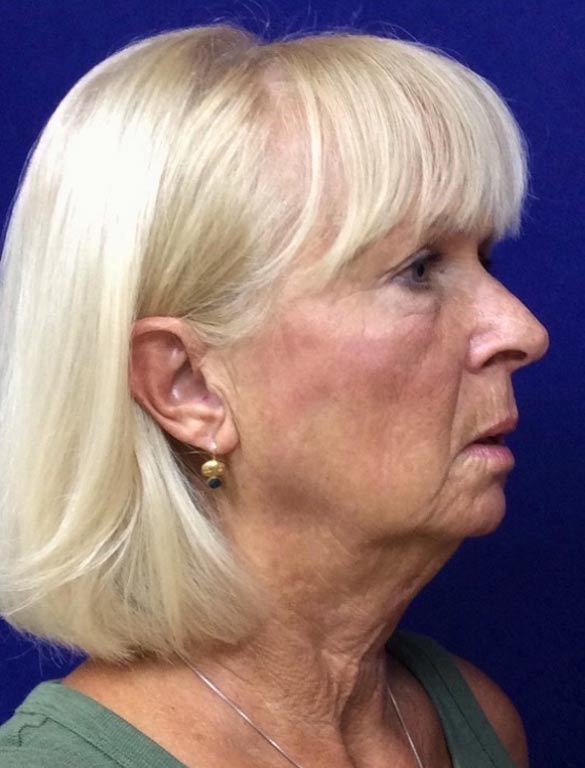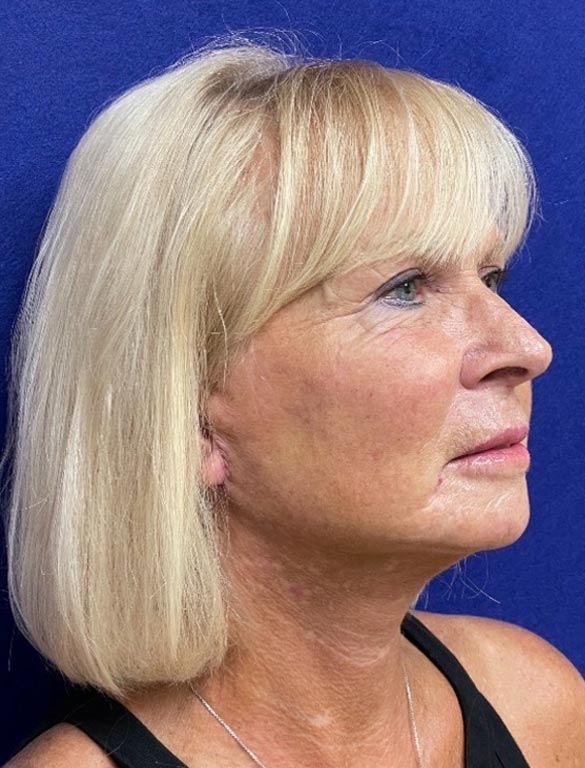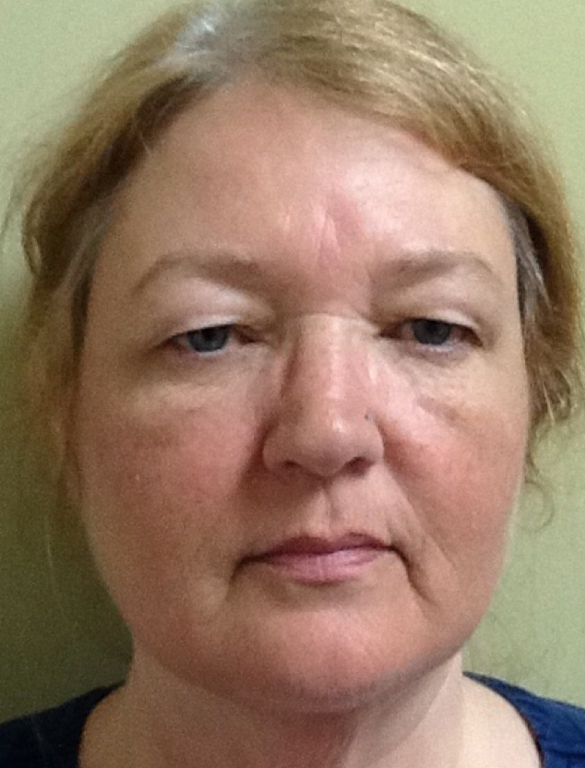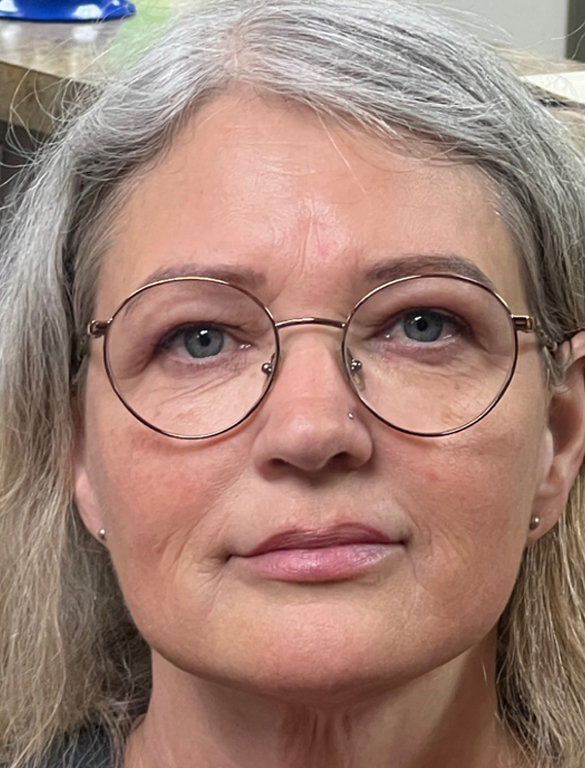Hair loss is a rather common, yet nonetheless problematic condition for many men and women across the map. Whether it’s hair shedding, balding, or thinning, hair loss has a way of impacting one’s sense of self-confidence and can affect how we face the world on a daily basis. There are a number of causes linked to hair loss. The vast majority of individuals suffering from this condition have a genetic link to hair loss, otherwise referred to as alopecia. In addition to genetic predisposition, individuals may suffer from hair loss due to certain types of illnesses, medications, hormonal fluctuations, diet, and even increased stress levels. Those undergoing chemotherapy or radiation are likely to lose their hair while certain blood pressure medications have also been linked to hair loss over time. Thyroid disease and fungus infections of the scalp can cause an individual’s hair to thin while significant hormonal changes during pregnancy can cause a woman’s hair to thin as well.
Contents
Topical Treatment Options
For many men and women first noticing hair loss, the first line of defense is to turn to topical treatment options. Currently, two of the most popular FDA approved options on the market are Rogaine and Propecia. While these options are effective for many users, they tend to only target those that have experienced hair loss due to hereditary causes. For those that are experiencing more severe cases of hair loss and are looking to regain their sense of physical aesthetic and associated self-confidence, there are other cosmetic options to consider beyond topical treatments.
Hair Transplants
While it may be considered the more traditional method, a hair transplant is a very viable option for men and women that have experienced severe hair loss over time. While the procedure is standard, there are a number of techniques and approaches that can be used depending on the patient in order to ensure more successful results. These approaches can be customized according to a patient’s specific amount of hair loss and the underlying cause. Whether punch grafting, slit grafting, or micro-grafting is the best choice, hair transplants follow a certain set of steps to help a patient regain their natural look.
While hair transplants have been around since the 1950s, modern techniques open up the possibility of hair regrowth for a wider audience of prospective patients facing hair thinning, balding, or shedding. Hair transplants utilize a strip of donor hair from the patient to fill in areas where the hair is thin or non-existent. Follicular Unit Strip Surgery (FUSS) requires an attending physician to remove a strip of skin from the back of the scalp that is anywhere from 6- to 10-inches in length. The removal area is stitched up and the strip of scalp is then divided into grafts of one or two individual hairs each to be inserted into the treatment site one at a time. Similarly, Follicular Unit Extraction (FUE) requires the removal of hair follicles one at a time to be replaced on another area of the scalp. This approach is less invasive and tends to be somewhat faster than FUSS. Following these procedures, patients are often able to return to daily activities within 2 to 5 days and nearly 60% of new hair growth is seen successfully within 3 to 6 months following a hair transplant.
PRP Therapy for Hair Loss
Those patients experiencing early hair loss that are more interested in a non-surgical approach to hair restoration may be recommended Platelet-Rich Plasma Therapy (PRP). A combination of white blood cells and platelets make up the body’s natural plasma which is considered a promotor of healthy cell growth. PRP therapy utilizes the body’s own processes to target hair follicles and promote natural growth over time. This regenerative procedure can take anywhere from four to six weeks to see results, but avoids more invasive options altogether. During PRP therapy for hair restoration, a blood sample is taken from the patient and red cells and plasma are separated from one another in a centrifuge. The PRP is then injected directly into the hair follicles of the scalp one at a time to boost natural growth. The procedure can take less than an hour and many patients undergo a lineup of at least three sessions to achieve the desired results.
Book Your Appointment Today
When you’re considering the many benefits of hair restoration therapy for hair loss, shedding, or balding, there’s no need to wait. Contact the Skin & Vein Center today to learn more about our many services related to hair regeneration. We specialize in customized approaches to care that take your health, specific needs, and preferences into account with every service and treatment. From consultation to procedures, we make sure our patients feel cared for. We’re excited to partner with you on a path to regaining your self-confidence and the aesthetic that you love and deserve.

